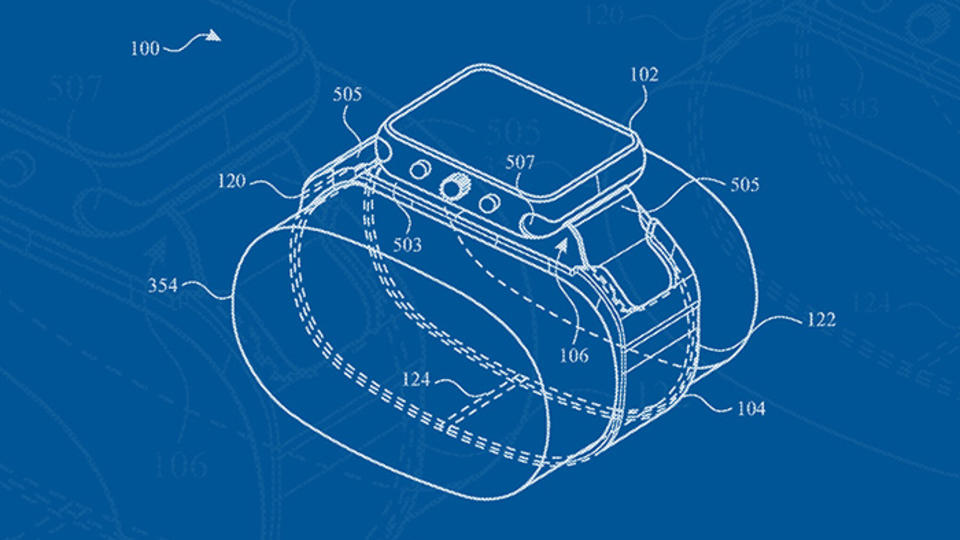
In Advertising We Trust
Elected Officials Make Policy. What Gets Them Elected?
Based on research by Antonio Merlo (former professor at Rice University) and Arianna Degan
Elected Officials Make Policy. What Gets Them Elected?
- Increasing the information people have about candidates’ positions raises the likelihood that registered voters will vote.
- Strategies that link candidates with information about what they stand for, accurate or not, sway elections.
- Fake news, while it doesn’t improve real understanding of candidates, nevertheless spurs voter participation. So accurate information for voters is a crucial matter of public policy.
The president. Congressional representatives. Judges, mayors, school district officials. High and low, elected officials make the policies that make our society. And because those policies directly shape profitability, it’s in the best interest of business to understand exactly how leaders get into office.
In 2011, Antonio Merlo, former Dean of the School of Social Sciences, teamed with co-author Arianna Degan of the Université du Québec à Montréal to analyze the 2000 U.S. presidential and congressional elections. The presidential election, of course, was the historically close race that George W. Bush won after a Supreme Court-ordered recount in Florida. In addition to the presidential race, Merlo and Degan looked at dozens of lesser-known races to learn about the issues that sent voters to the polls–or kept them home.
Picture a family Thanksgiving with five individuals who differ in age, race, gender, education, religion and income, as well as party identification. With analysis, this potentially contentious meal reveals a banquet of observable characteristics that social scientists can link with measurable information about knowledge of candidates, a sense of civic duty, ideological preferences and even personal sense of regret, if making a mistake when voting.
To draw general conclusions from this type of individual profile, Merlo and his co-author first collected voter data from two large sources: the American National Election Studies and the Poole & Rosenthal NOMINATE Scores. They ran these numbers through a specially created model that quantified relationships between observed factors such as individual characteristics and voting patterns, which were found in the data, and unobserved factors such as information, civic duty and ideological leaning.
The model did more than correctly predict electoral turnout in both large races and small — it accurately predicted if voters participated in multiple elections or just one. Increasing the information citizens have about candidates’ positions, the scholars concluded, raises the likelihood that registered voters will, in fact, vote, even when they’re facing a long list of elections and candidates.
Knowing a candidate’s position, the scholars added, infuses voters with confidence. A fully informed voter seems to worry less about accidentally pulling the lever (or spinning the dial) for someone with whom he or she disagrees.
Once they found the prediction model worked, Merlo and Degan went a step further, experimenting with policies that might increase electoral participation. They discovered that policies that effectively inform voters of candidates’ stances correlated with the voters showing up on election day, voting a split ticket rather than only for one party and simply skipping ballot items when unsure about whom to vote for.
The more a voter knew, in other words, the less anxious she was about using that knowledge and expressing her opinion through the ballot box.
Policies meant to boost a sense of civic duty also raised voter participation. In congressional elections, the scholars found, a voter’s familiarity with a candidate’s positions, at least in certain cases, gave the candidate a measurable advantage.
There’s good reason candidates pour all that money into TV ads, Merlo and his co-author confirmed. Indisputably, strategies that link candidates with information about what they stand for (accurate or not) sway elections. The growing blizzard of fake news, while it doesn’t improve real understanding of candidates, nevertheless spurs voter participation. Accurate voter information, in other words, is not only a campaign issue, or a business issue. It’s a matter of public policy.
Six years after the scholars published their findings, in a new landscape of bots, cyber-meddling and homegrown fake news, understanding voter behavior is more urgent than ever. Elected officials make policy that affects the conduct of business. But voter confidence, knowledge and, at times, misinformation are what shape the elections that shape U.S. society.
Antonio Merlo is the forner Dean of the School of Social Sciences at Rice University.
To learn more, please see: Merlo, A. & Degan, A. (2011). A structural model of turnout and voting in multiple elections. Journal of European Economic Association, 9(2), 209 – 245.
Never Miss A Story


